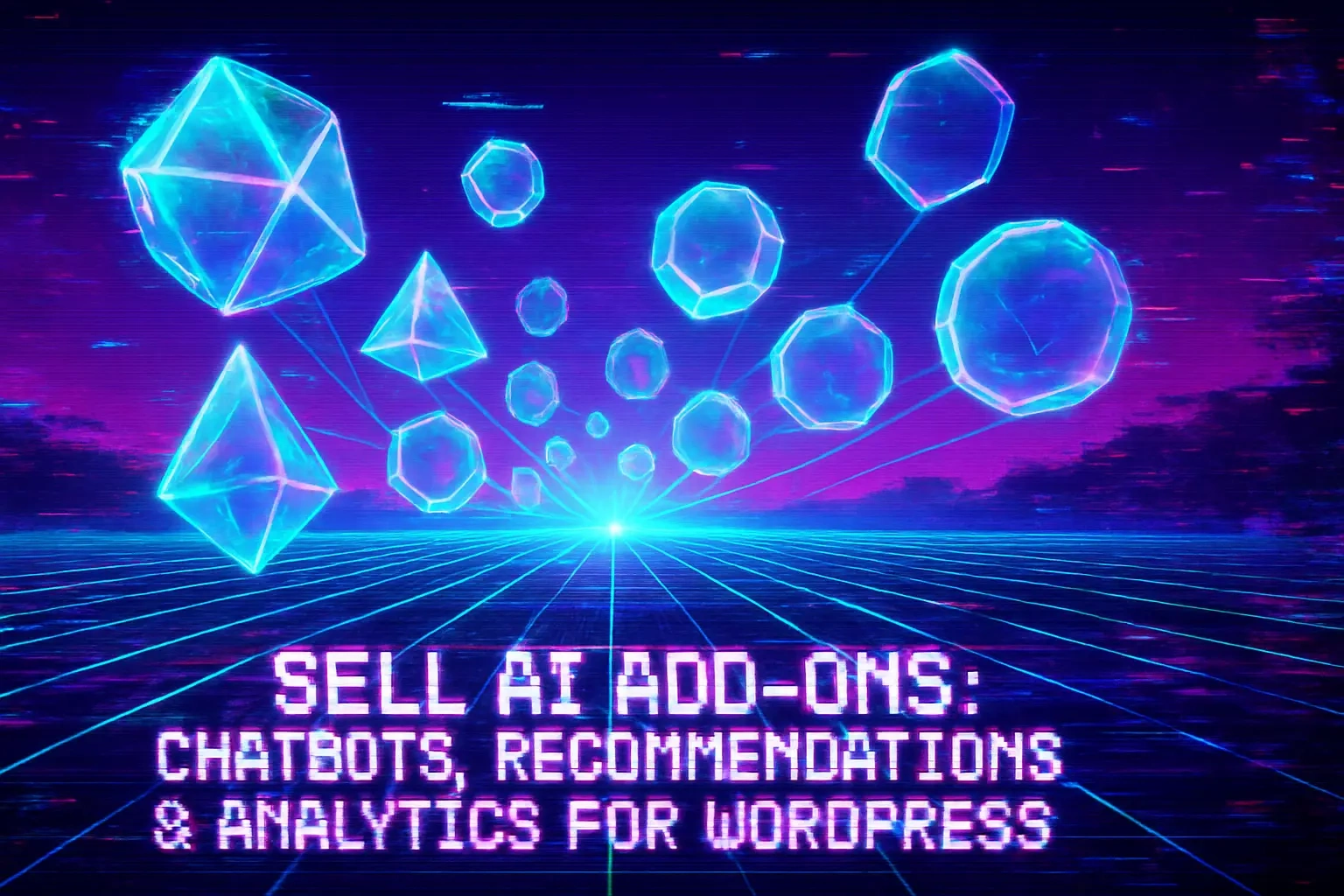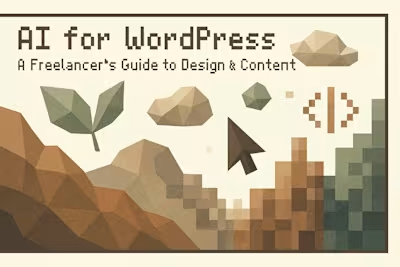Sell AI Add-Ons: Chatbots, Recommendations & Analytics for WordPress

Sell AI Add-Ons: Chatbots, Recommendations & Analytics for WordPress
The New Upsell: Moving Beyond Basic Maintenance Packages
AI-Powered Chatbots: 24/7 Customer Support and Lead Generation
Choosing the Right Chatbot Technology
Implementation and Training
Personalized Content with AI Recommendation Engines
How Recommendation Engines Drive Sales
Implementing Recommendations in WooCommerce
Smarter Insights with AI-Powered Analytics
Predictive Analytics for Business Growth
How to Price and Pitch These AI Solutions to Your Clients
Focus on ROI, Not Technology
Creating Tiered Service Packages
Building a Demo to Showcase the Value
Conclusion
References
Sell AI Add-Ons: Chatbots, Recommendations & Analytics for WordPress
The New Upsell: Moving Beyond Basic Maintenance Packages
AI-Powered Chatbots: 24/7 Customer Support and Lead Generation
Choosing the Right Chatbot Technology
Implementation and Training
Personalized Content with AI Recommendation Engines
How Recommendation Engines Drive Sales
Implementing Recommendations in WooCommerce
Smarter Insights with AI-Powered Analytics
Predictive Analytics for Business Growth
How to Price and Pitch These AI Solutions to Your Clients
Focus on ROI, Not Technology
Creating Tiered Service Packages
Building a Demo to Showcase the Value
Conclusion
References
Posted Jul 6, 2025
Boost your freelance income by offering high-value AI add-ons. Learn how to implement and sell AI-powered chatbots, product recommenders, and analytics solutions to your WordPress clients.










